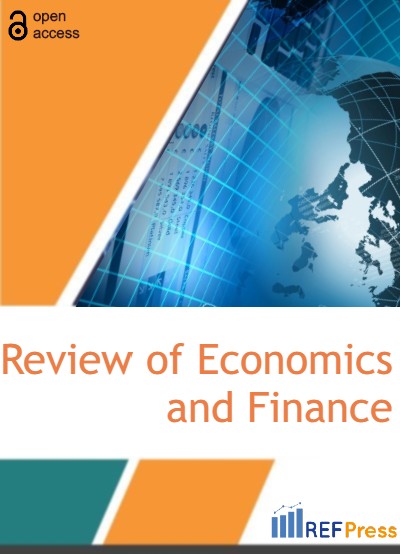
India’s Exchange Rate (INR/USD) Movement during the Post Reform Period
(Pages 1306-1316)Suresh Kumar Dahal1,* and Dr. G. Raghavender Raju2
1Deputy Director, Nepal Rastra Bank, Kathmandu, Nepal and Doctoral Research Scholar (Reserve Bank of India SAARCFINANCE PhD candidate), Department of Humanities and Social Sciences, Sri Sathya Sai Institute of Higher Learning, Prashanti Nilayam, Sri Sathya Sai District, Andhra Pradesh 515134, India.
2Associate Professor and Head, Department of Humanities and Social Sciences, Sri Sathya Sai Institute of Higher Learning, Prashanti Nilayam, Sri Sathya Sai District, Andhra Pradesh 515134, India.
DOI: https://doi.org/10.55365/1923.x2023.21.143
Abstract:
India’s exchange rate regime has evolved along with international monetary system. It has been successfully using the existing managed float regime to achieve its economic objectives. This study chronologically analyses India’s exchange rate movement with focused emphasis after the economic reforms of 1991. It is observed that while endogenous factors such as financial discipline and current account deficit influenced exchange rate movement, the role of exogenous influences are vivid in the economy with each passing year. Major episodes such as Mexican contagious crises, East Asian crises, 9/11 attack, Global financial crises, Tapering tantrum and COVID-19 pandemic have been discussed along with the policy initiatives taken to tackle these adversities have been analysed . The study concludes with a recommendation of judicial policy mix to the RBI in days ahead.
Keywords:
Exchange rate regime, India, International Monetary System.
JEL Classification:
F310, O530, F330.
How to Cite:
Suresh Kumar Dahal and Dr. G. Raghavender Raju. India’s Exchange Rate (INR/USD) Movement during the Post Reform Period. [ref]: vol.21.2023. available at: https://refpress.org/ref-vol21-a143/
Licensee REF Press This is an open access article licensed under the terms of the Creative Commons Attribution Non-Commercial License (http://creativecommons.org/licenses/by-nc/3.0/) which permits unrestricted, non-commercial use, distribution and reproduction in any medium, provided the work is properly cited.
